-
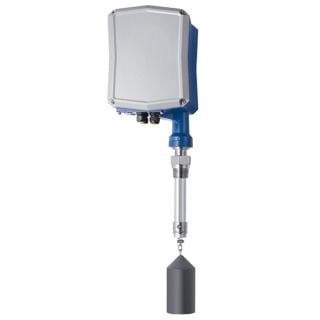
Electromechanical lot system
NivoBob® - NB 3100
Medium Solids Process pressure -0,5 bar … +1,7 bar (-7.3 psi … +25 psi) Process temperature -40°C ... +250°C (-40°F … +482°F) -
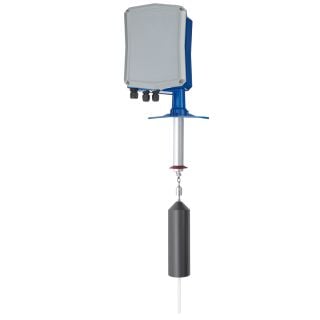
Electromechanical lot system
NivoBob® - NB 3200
Medium Solids Process pressure -0,5 bar … +1,7 bar (-7.3 psi … +25 psi) Process temperature -40°C ... +250°C (-40°F … +482°F) -
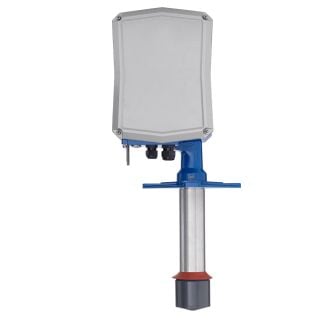
Electromechanical lot system
NivoBob® - NB 3300
Medium Solids Process pressure -0,5 bar … +1,7 bar (-7.3 psi … +25 psi) Process temperature -40°C ... +80°C (-40°F … +176°F) -
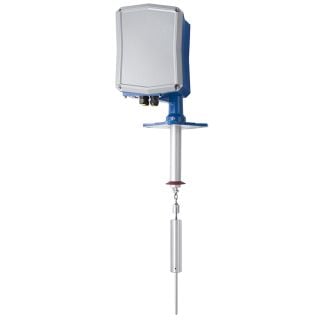
Electromechanical lot system
NivoBob® - NB 3400
Medium Solids Process pressure -0,5 bar … +1,7 bar (-7.3 psi … +25 psi) Process temperature -40°C ... +80°C (-40°F … +176°F) -
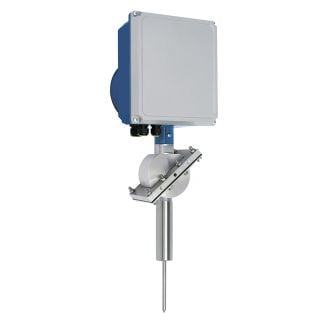
Electromechanical lot system
NivoBob® - NB 4100
Medium Solids Process pressure -0,2 bar … +0,2 bar (-3.0 psi … +3.0 psi) Process temperature -40°C ... +80°C (-40°F … +176°F) -
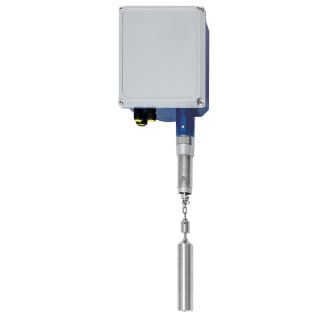
Electromechanical lot system
NivoBob® - NB 4200
Medium Solids Process pressure -0,2 bar … +0,2 bar (-3.0 psi … +3.0 psi) Process temperature -40°C ... +80°C (-40°F … +176°F)
with electromechanical plumb bob sensor
with an electromechanical plumb bob sensor is one of the most customer-friendly technologies due to its simplicity and comprehensibility. The basis of this measuring method is the tape or rope coil driven by an electric motor and the sensing weight attached to it. This can be adjusted to the bulk density of the medium.
are mounted on the container roof. A sensing weight is lowered into the vessel. The sensing weight is attached to the end of a measuring cable/tape, which is wound on a spool driven by an electric motor. When the sensing weight hits the product, the spooling direction is reversed and the weight returns to its initial position. During the downward movement of the sensing weight, the distance is measured electronically by the rotation of the rope/tape reel. The microprocessor converts the measured distance into a volume-specific output signal that depends on the silo geometry. The output signal is updated after the sensing weight hits the product.
Electromechanical plumb bob sensors are also suitable for . The sensing weight is immersed in the liquid and reverses its direction of rotation only when it reaches the solid surface. The sensing weight can be universally adapted to the density of the sediment.
FAQs
How does an electromechanical plumb bob system work?
An electromechanical plumb bob system is used for discontinuous level measurement in silos and containers. Extremely reliable measurement results are achieved both in bulk solids and in interface measurement.
In addition to a 0/4-20 mA signal, an electromechanical plumb bob system also offers communication via Modbus or Profibus DP. The plumb bob sensor is mounted on the tank roof. A sensing weight is lowered into the tank.
The sensing weight is attached to the end of a measuring cable/tape, which is wound onto a spool driven by an electric motor. When the sensor weight hits the product, the winding direction is reversed and the weight returns to its original position. During the downward movement of the sensing weight, the distance is measured electronically by the rotation of the rope/tape reel. The microprocessor converts the measured distance into a volume-specific output signal that depends on the silo geometry.
The output signal is updated after the sensing weight hits the product.
What are the advantages of an electromechanical plumb bob system?
A plumb bob sensor is suitable for almost all types of bulk solids, regardless of the material properties:
- Dielectricity and conductivity of the bulk material
- Dust formation in the silo
- Changing bulk material moisture
- Adhering media No tensile forces on the silo roof, the sensor only touches the surface of the product.
Very accurate measurement, simple adjustment and commissioning.
Transparent measuring principle. Cable, belt and (optional) brushless motor, plus low maintenance.
What diagnostic functions do electromechanical plumb bob systems have?
Extensive diagnostic options are available:
The elapsed length of the sensing weight is compared with the coiled length.
If there is a discrepancy, a message is issued to ensure that the sensing weight is always in the upper end position.
Service interval after a specified number of measuring cycles and a specified running time.
Internal monitoring of the motor, motor electronics and clean running of the rope/tape pulley. The diagnosis is in accordance with NAMUR recommendation NE 107.
